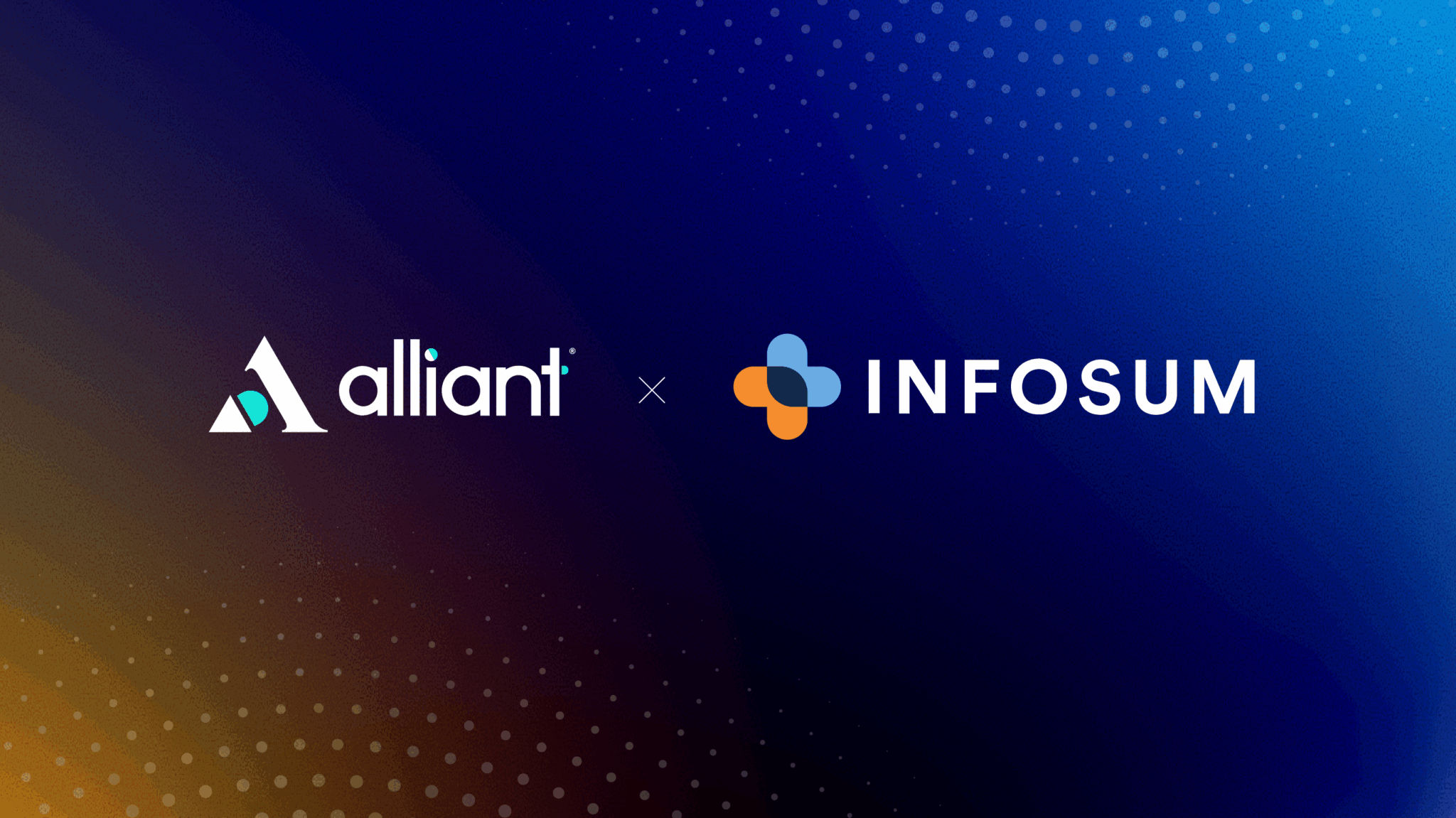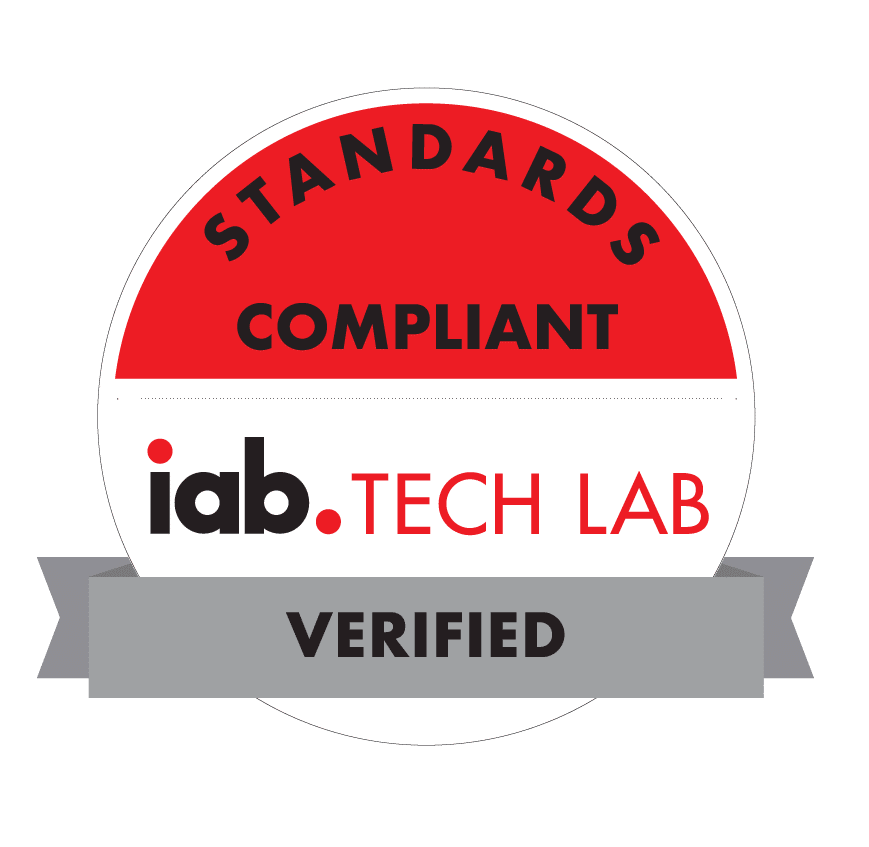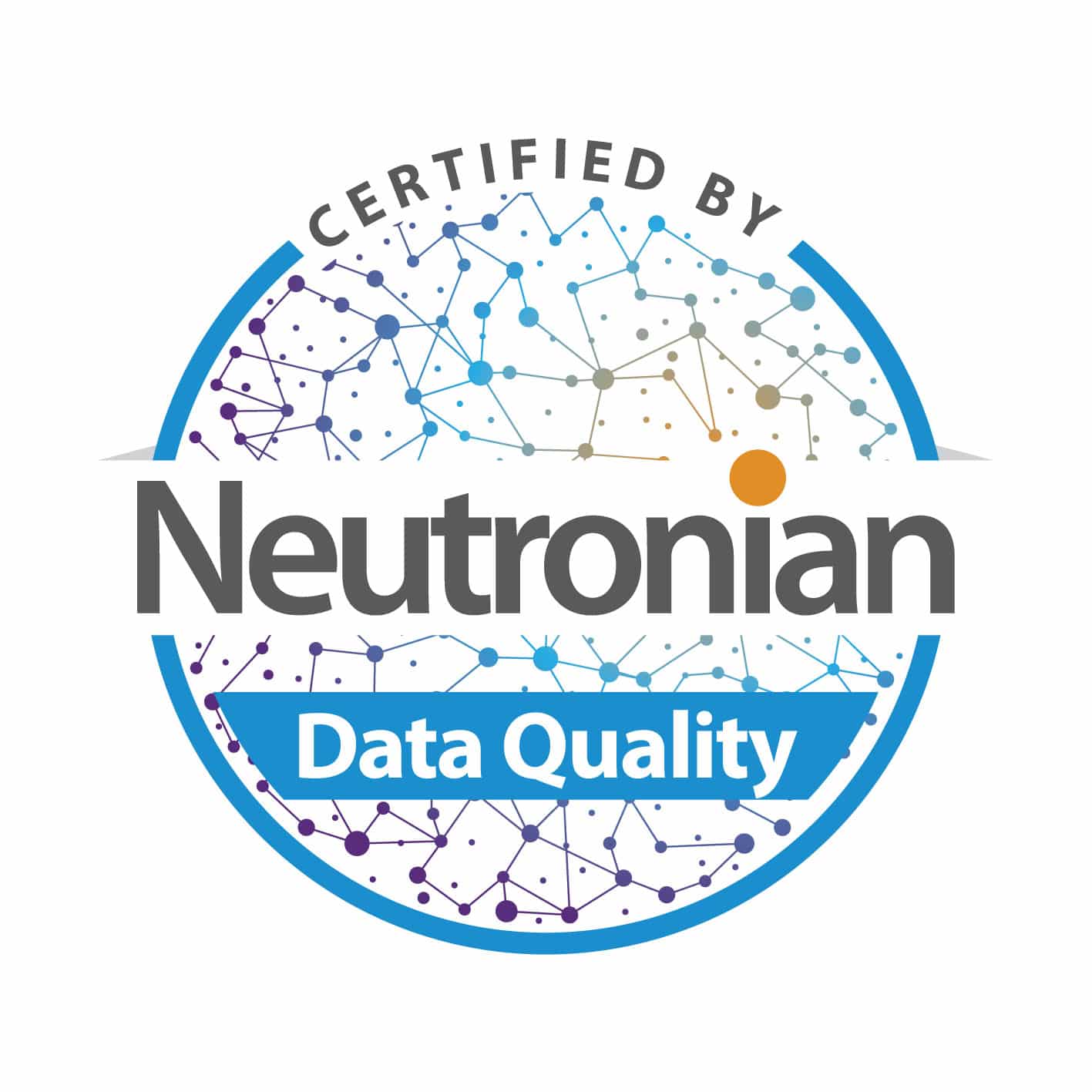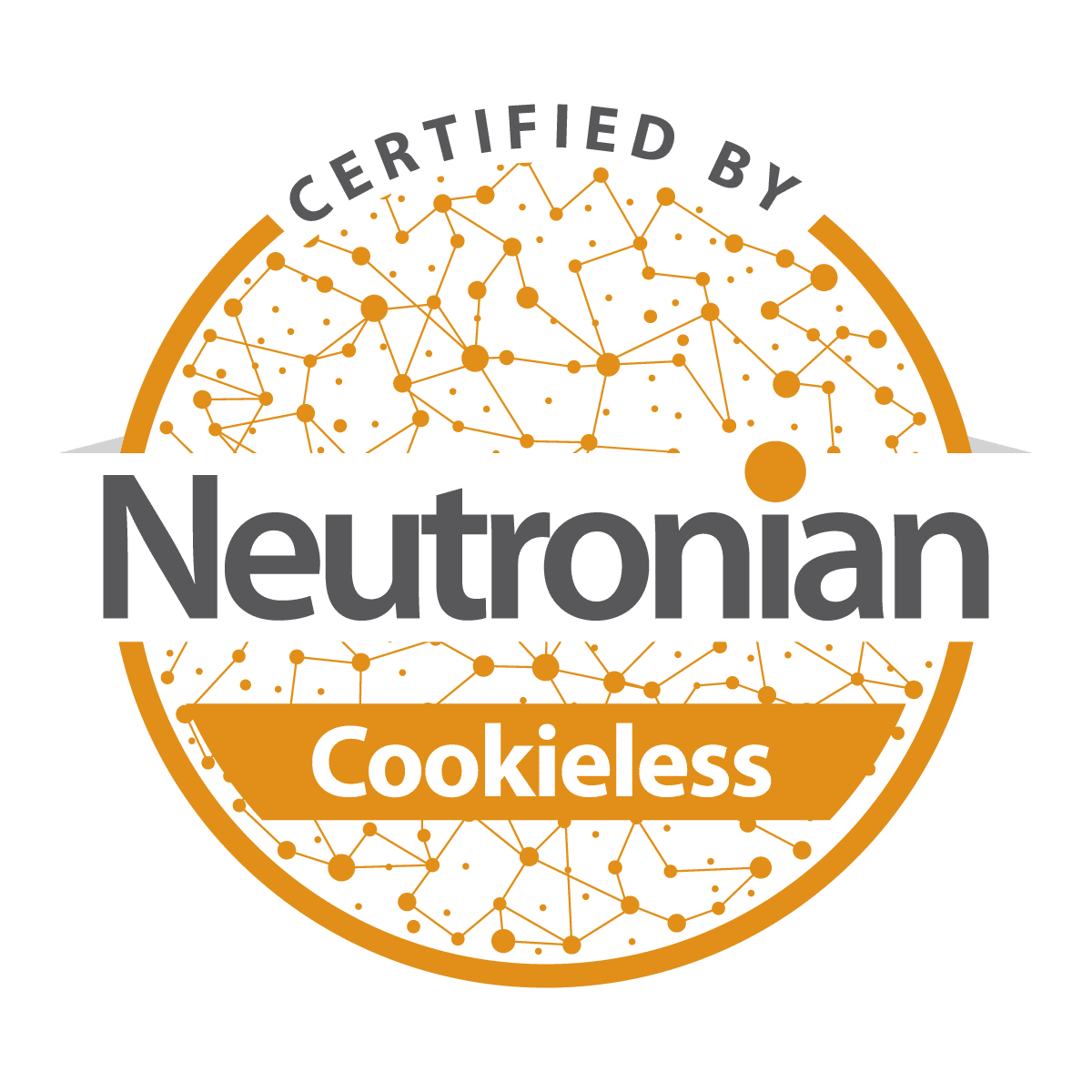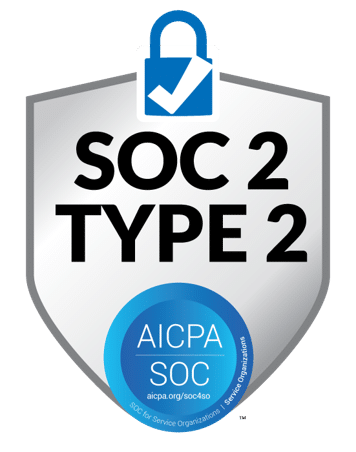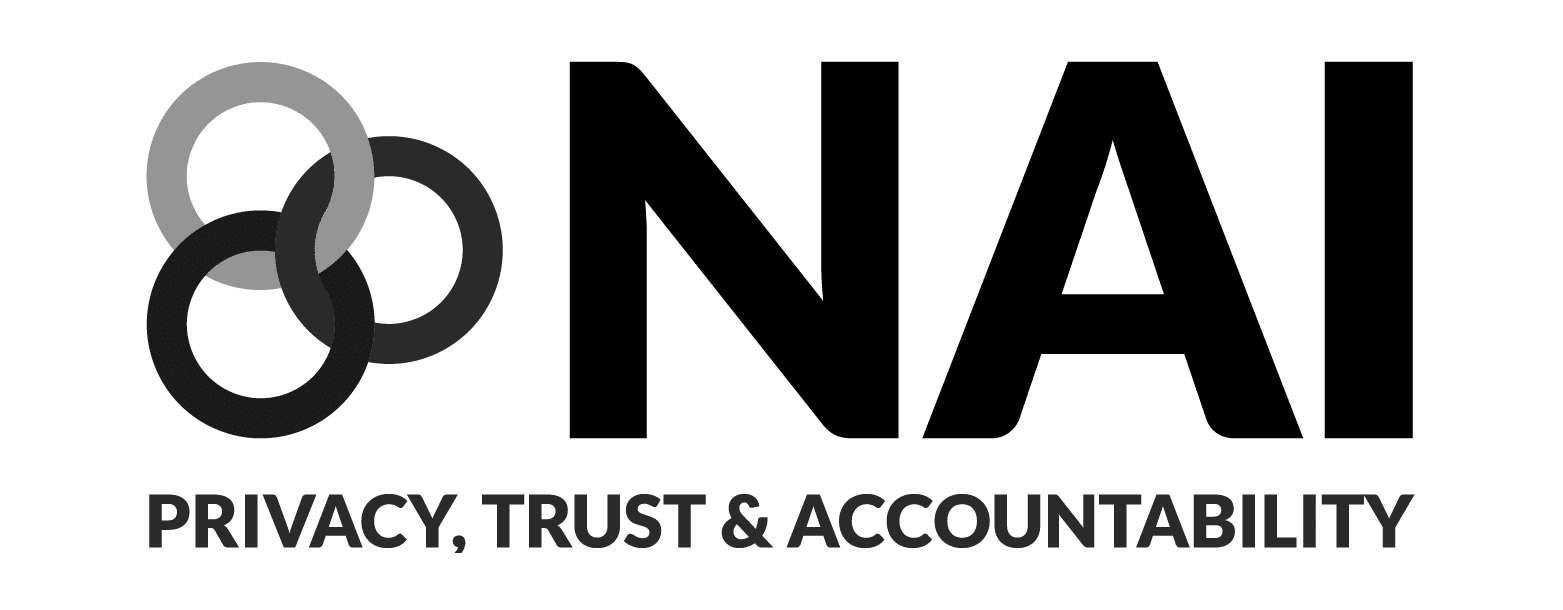The Non-Traditional Donor: Fertile Ground for Nonprofits
Key Considerations for Identifying New Prospective Donors
According to The Giving Institute’s 2015 annual report, 72% of US charitable donations come from individuals — and the National Center for Charitable Statistics identifies over 1.5 million tax exempt organizations in the U.S. In such an over-saturated nonprofit landscape, existing donors may have reached the exhaustion point for giving. That means in order to stay competitive, nonprofits must look beyond the traditional donor for new prospects.
Of course, the traits that make donors non-traditional are also what make them harder to identify — they don’t always “look” like donors based on tried and true criteria. Alliant analyzed data from nonprofits in the environmental, children, and health related verticals to see what we could learn about non-traditional donors. What we found confirmed common knowledge: donors are overwhelmingly age 65+. However, additional unexpected similarities were also uncovered. Using some of the key trends and similarities outlined below, nonprofits may be able to expand their universe of prospective donors:
Spenders are also givers — People who are identified as “shopaholics” are known to be better donors. These buyers frequent brick and mortar stores, catalogs, and often shop online. Advertising with retail and e-commerce sites may fill the shopping cart for your cause.
Foodies like to share — Donors in our sample also share an affinity for food and cooking products. Prospecting for new donors among audiences and in channels that target this interest may satisfy your appetite for new donors.
Read between the lines — Book buyers are strong candidates for donating. With the explosion of ebooks, online book sellers, blogs, and podcasts — there are more channels and opportunities than ever to reach this audience.
Beyond identifying some of the characteristics of non-traditional donors, Alliant can provide insight on which prospects will not only engage with your appeal but result in long term, profitable relationships. All that, and more, in another blog post to come.
Share This
IN THIS POST
Latest Posts
December 23, 2025




